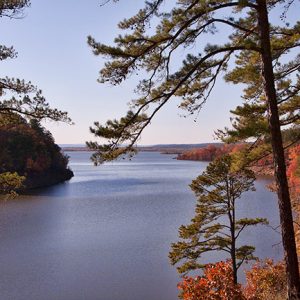 Nimrod Lake
Nimrod Lake
Entry Category: Science and Medicine
 Nimrod Lake
Nimrod Lake
 Nimrod Dam
Nimrod Dam
Nimrod Dam and Lake
 Joe Nix
Joe Nix
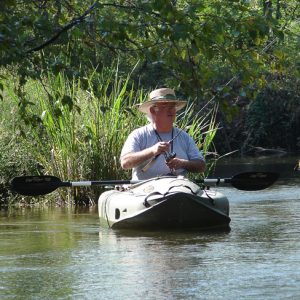 Joe Nix
Joe Nix
Nix, Joe Franklin
Norfork Dam and Lake
 Norfork Dam and Lake
Norfork Dam and Lake
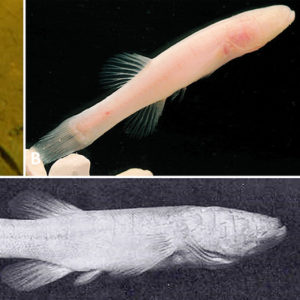 North American Cave-adapted Fishes
North American Cave-adapted Fishes
 North Fork River Railroad Bridge
North Fork River Railroad Bridge
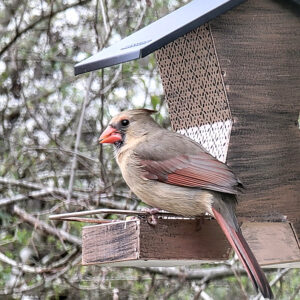 Northern Cardinal
Northern Cardinal
Northern Snakehead
aka: Channa argus
aka: Snakehead
 Norton's Lakeview Sanitarium
Norton's Lakeview Sanitarium
Novaculite
Nuttall, Thomas
Obesity
Odonates
aka: Dragonflies
aka: Damselflies
Official State Dinosaur
aka: Arkansas Dinosaur
aka: Arkansaurus fridayi
 Mahlon D. Ogden Sr.
Mahlon D. Ogden Sr.
Ogden, Mahlon Dickerson
 Oil Trough Bridge
Oil Trough Bridge
 Old Main Street Bridge Demolition
Old Main Street Bridge Demolition
Opalinids
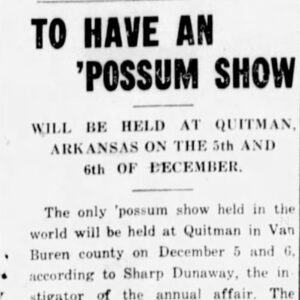 Possum Show Article
Possum Show Article
Opossums
aka: Possums
aka: Didelphis virginiana
Orto, Zaphney
 Zaphney Orto
Zaphney Orto
 Zaphney Orto Grave
Zaphney Orto Grave
 Zaphney Orto Home
Zaphney Orto Home
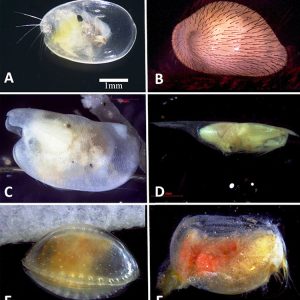 Ostracod Morphology
Ostracod Morphology
 Ostracod Valve Features
Ostracod Valve Features
Ostracods
aka: Seed Shrimps
aka: Mussel Shrimps
 Ouachita Mountains Biological Station
Ouachita Mountains Biological Station
 Ouachita Mountains Biological Station
Ouachita Mountains Biological Station
Ouachita Mountains Biological Station
 Ouachita River
Ouachita River
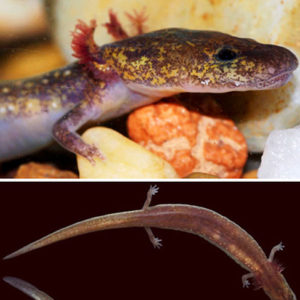 Ouachita Streambed Salamander
Ouachita Streambed Salamander
Ouachita Streambed Salamander
Ozark Cavefish
aka: Amblyopsis rosae
Ozark Hellbender
aka: Cryptobranchus alleganiensis bishopi
Ozark Pocket Gopher
aka: Geomys bursarius ozarkensis
Paddlefish
aka: Spoonbill Catfish
Paragould Meteorite
 Paragould Sanitarium
Paragould Sanitarium
 Paragould Urgent Care Clinic
Paragould Urgent Care Clinic
Parasitic Crustaceans
 Paris Hospital
Paris Hospital
 Parnell Springs Spring
Parnell Springs Spring




